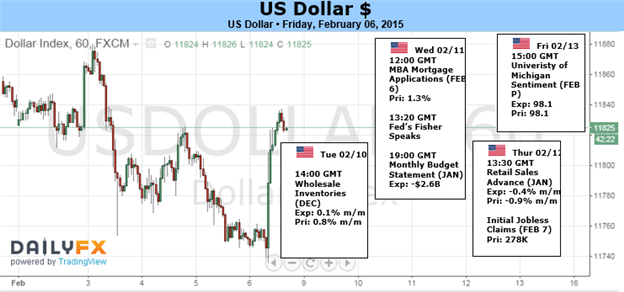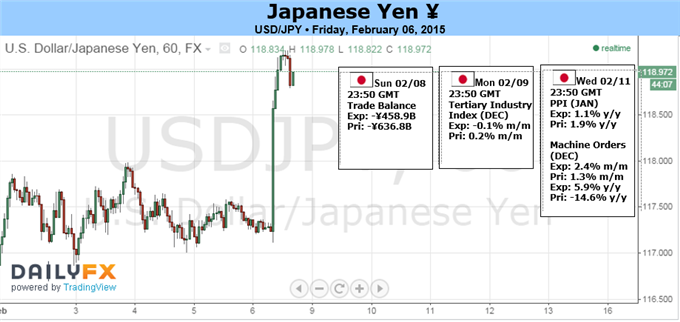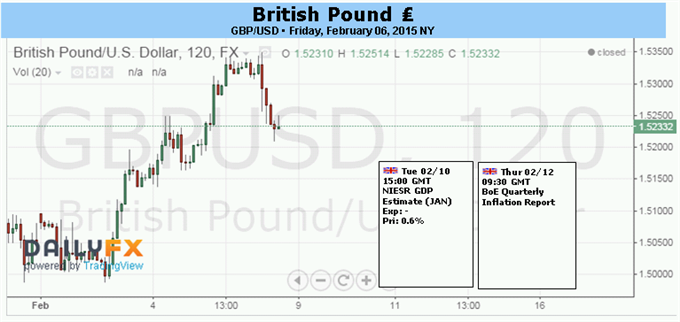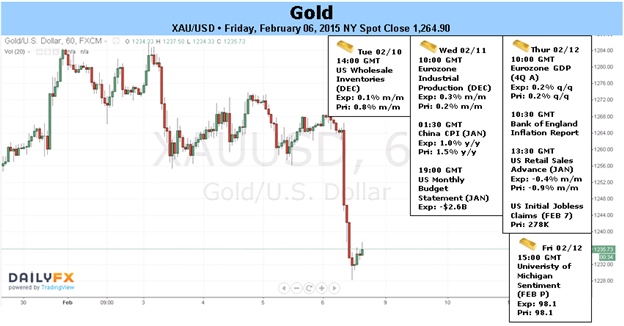AUD/USD Fundamental Analysis February 9, 2015 – Forecast
The AUD/USD gained 31 points in the Asian session after the RBA statement to trade at 0.7829. The currency headed for its biggest weekly gain in a month as the Reserve Bank of Australia in its quarterly statement projected underlying consumer-price growth at an annual pace of 2.25 percent by June, still within its band of 2 to 3. New Zealand’s dollar also rose. The euro was poised for its biggest weekly advance in 16 months as a European Central Bank official said Greek banks will have access to emergency funding. Australia’s dollar rose for a second day as the central bank kept its outlook for annual inflation within its projected band even as it lowered its forecast for prices and growth.
The RBA reduced its forecast average expansion for this year to between 1.75 percent and 2.75 percent from between 2 percent and 3 percent estimated in November. Governor Glenn Stevens and his board lowered the official cash rate target to a record-low 2.25 percent on Feb. 3 after monetary authorities including the Bank of Canada and ECB added to stimulus in January amid global disinflation risks.
The Aussie has tumbled 4.3 percent in the past three months, the third-worst performer of 10 developed-nation currencies according to Bloomberg Correlation-Weighted Indexes. The euro weakened 2.9 percent, while the U.S. dollar gained 5.7 percent.


 LinkBack URL
LinkBack URL About LinkBacks
About LinkBacks





 Reply With Quote
Reply With Quote
 rate increased to 64.8% in December from 64.7% in the prior month, indicating the economy is expanding. Australia’s labor market is expected to contract by 4,700 jobs, while the unemployment rate is predicted to climb to 6.2%.
rate increased to 64.8% in December from 64.7% in the prior month, indicating the economy is expanding. Australia’s labor market is expected to contract by 4,700 jobs, while the unemployment rate is predicted to climb to 6.2%.





Bookmarks